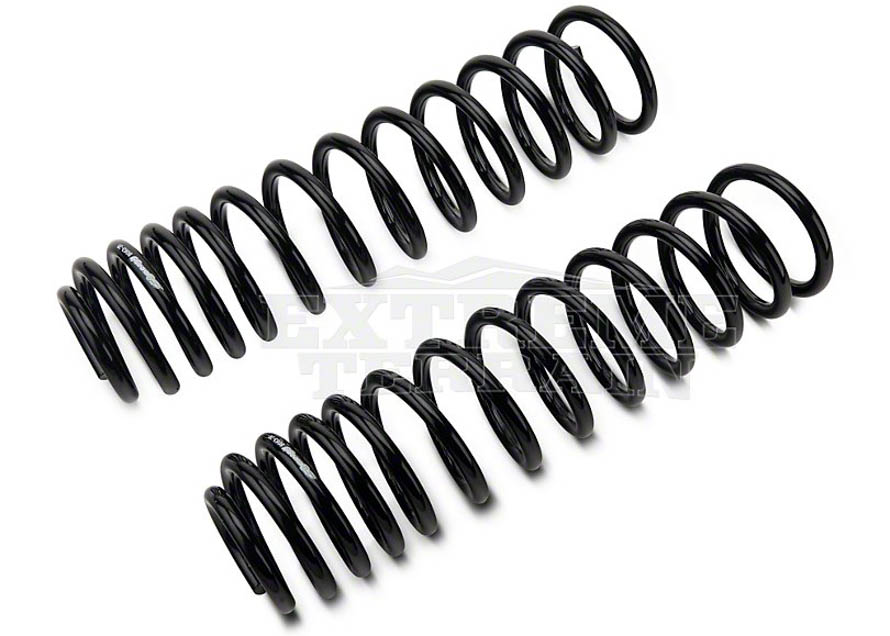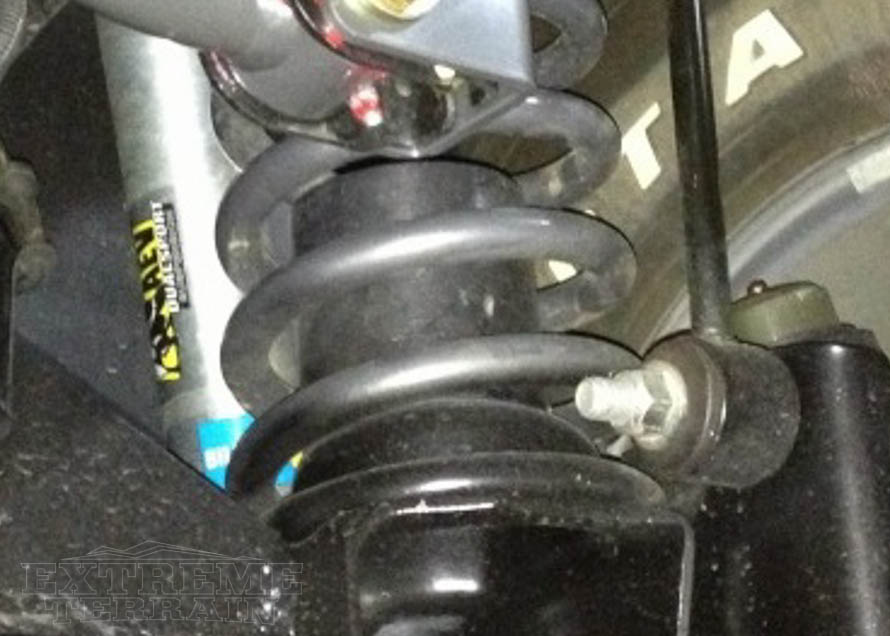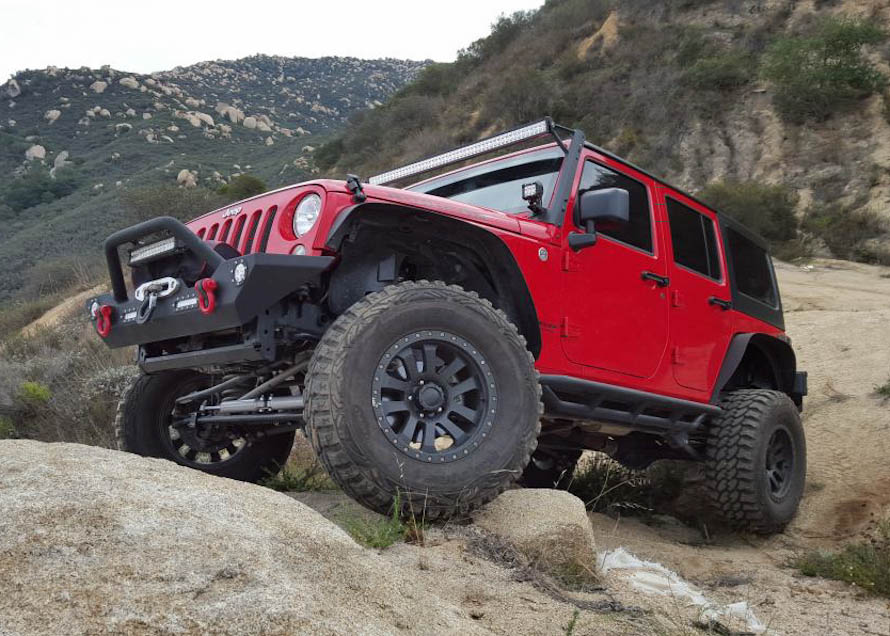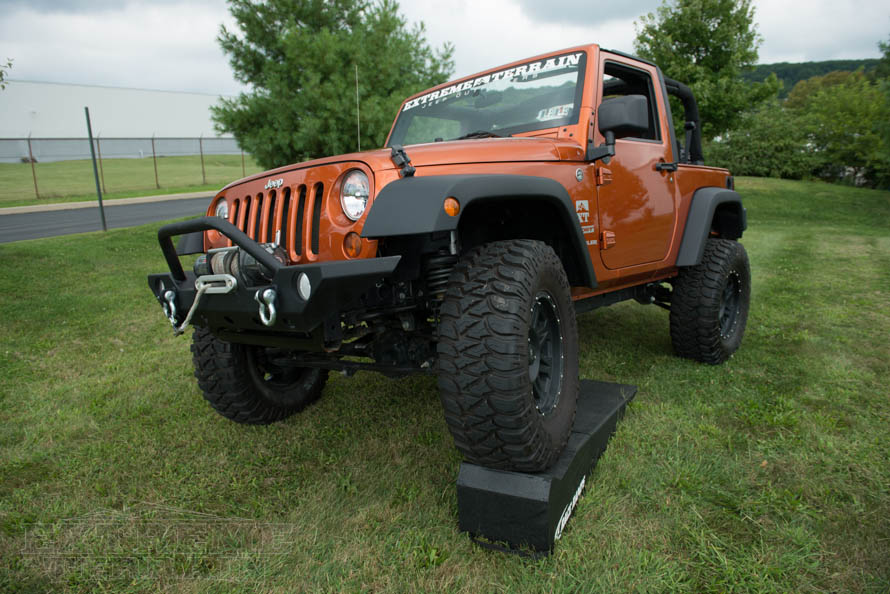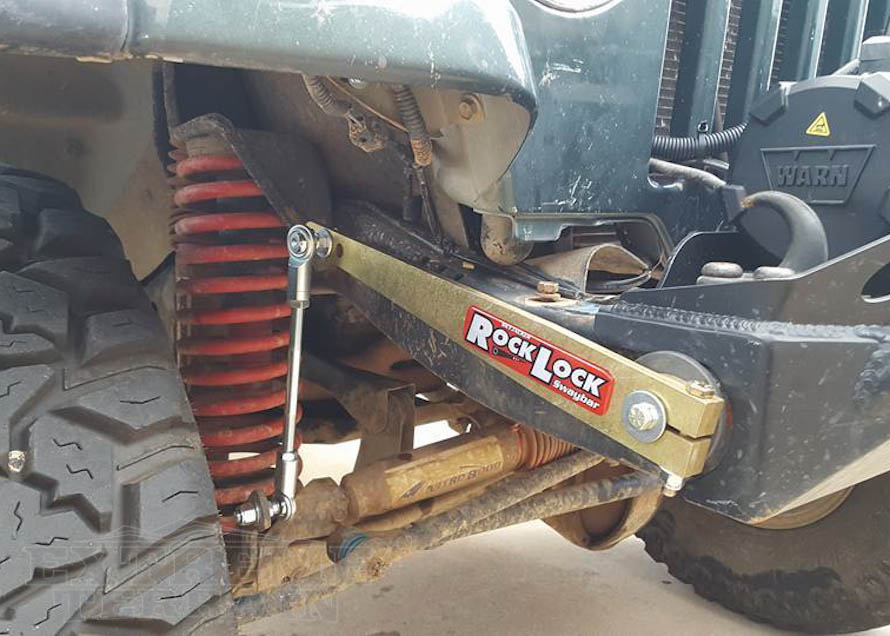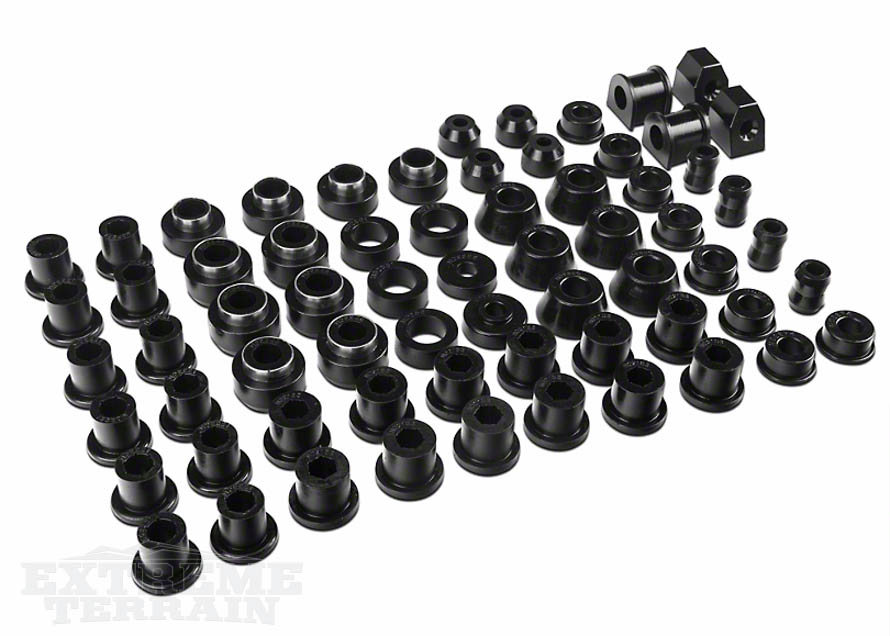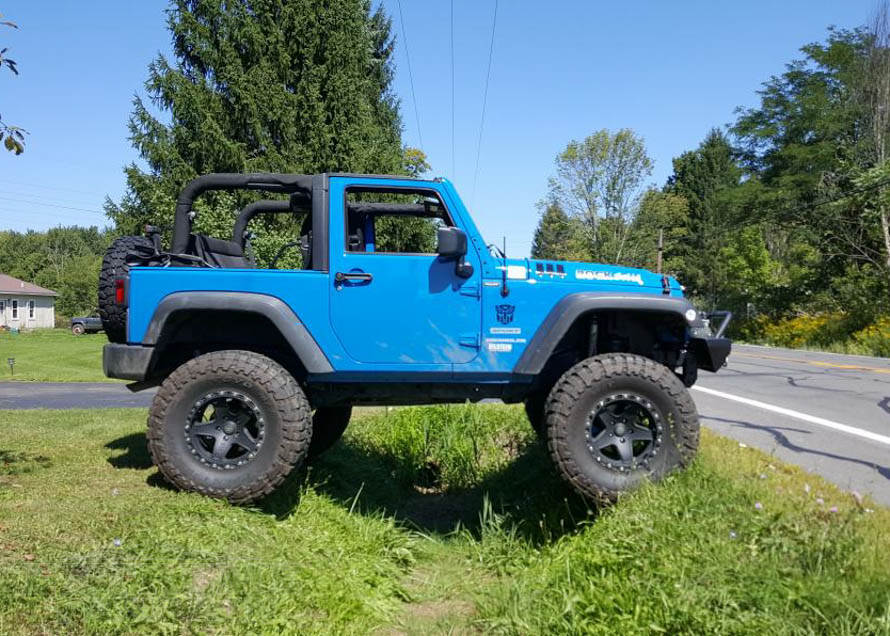If you ever took a look under your Jeep, you would notice Wranglers have a comprehensive set of suspension components. When working properly, these components allow the Jeep to achieve legendary off-road capabilities and still provide a comfortable drive on-road. In this article, we’ll take a look at all these components and explain their function.
Contents
- Shocks & Springs - Balancing Rebound
- VIDEO: How Jeep Suspension Works & Suspension Geometry
- Improving Upon the Stock Wrangler Shocks
- Marrying Stock Replacement Shocks with Appropriate Springs
- Do Bump Stops Help with Handling?
- Steering Stabilizers - Keeping a Straight Line
- Control Arms - Angles are Everything
- Track Bars & "Death Wobble"
- Sway Bars - Wrestling Body Roll
- Sway Bar Links - Stiff On-Road, Loose Off-Road
- Bushings - Making Your Suspension Accurate
- The Importance of Center of Gravity
Shop Wrangler Suspension
Your Wrangler's suspension is equally important on pavement and on harsh trails. From preventing roll overs to preventing the infamous death wobble, keeping your suspension up to par could save your Jeep... And your hide.




